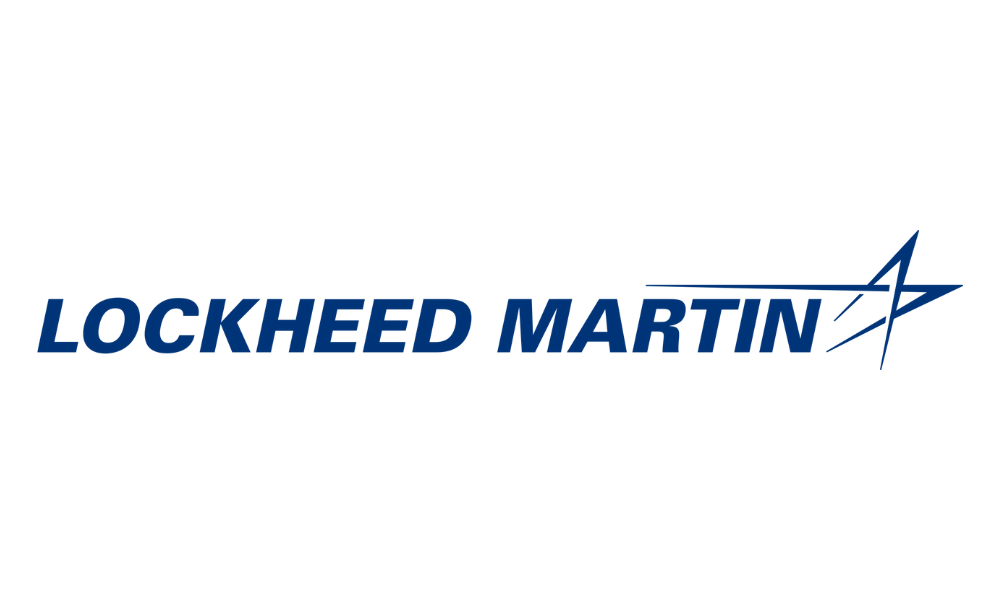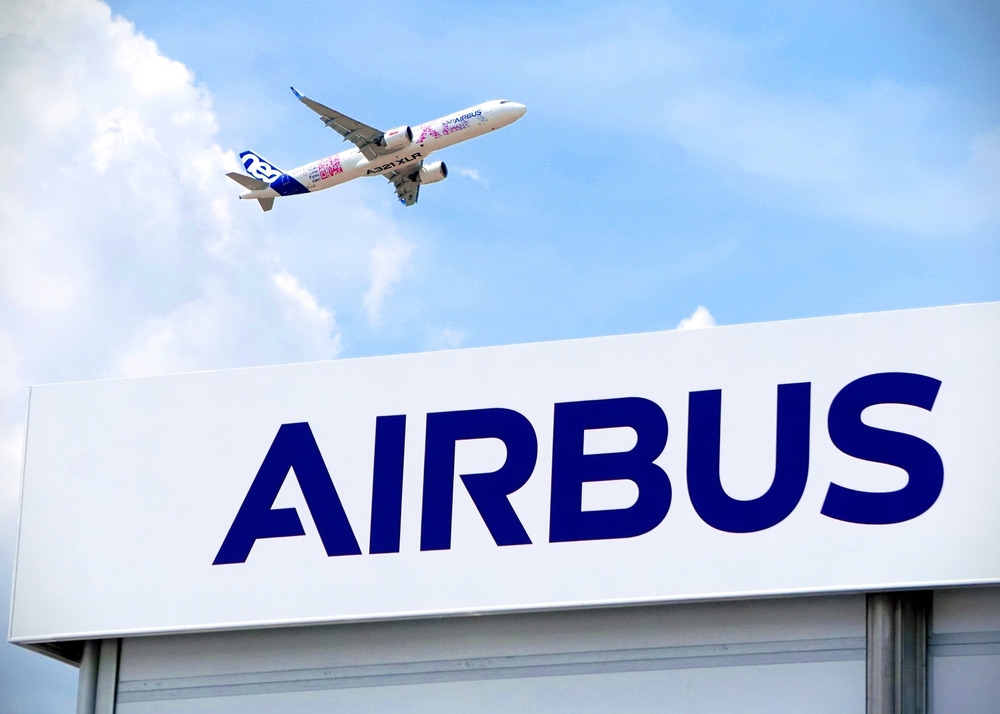Star Alliance Membership Cost
Star Alliance Membership Cost
Star Alliance is one of the largest airline alliances in the world. It comprises 26 member airlines serving over 1,300 airports in 195 countries. Membership provides various perks, including access to lounges, priority boarding, and more flexible ticketing options. Understanding the costs associated with joining and maintaining membership in the Star Alliance is essential for any airline considering this path.
The Basics of Membership
Becoming a member of the Star Alliance involves an intricate process. Membership is not open to individual travelers but designed for airlines themselves. The initial step includes a thorough evaluation by Star Alliance to determine if the airline aligns with its standards and operational requirements. This rigorous assessment ensures the consistency and quality of services across the network.
Membership Initiation Fees
The upfront investment to join Star Alliance can be substantial. Prospective member airlines must pay an initiation fee, which varies significantly depending on the airline’s size, market, and operational complexity. This fee covers the extensive onboarding process, including integration into the network’s IT systems, aligning operational standards, and meeting service quality benchmarks. While the exact figures are not publicly disclosed, industry insiders estimate initiation fees in the range of several million dollars.
Ongoing Membership Costs
Maintaining membership in the Star Alliance involves ongoing expenses. Member airlines contribute annual fees to support the alliance’s operations, marketing, and joint initiatives. These fees help fund shared resources such as joint advertising campaigns, brand development, and customer service improvements. Additionally, airlines must allocate resources for continuous compliance with Star Alliance standards, which can include training staff, upgrading facilities, and ensuring systems interoperability.
Assessment of Operational Standards
Star Alliance enforces strict operational standards that all member airlines must adhere to. These standards cover various aspects of airline operations, including safety, security, service quality, and IT communication. Airlines must undergo regular audits to ensure compliance, which may involve extra costs for implementing changes or upgrades identified during assessments. Non-compliance can result in penalties or, in extreme cases, expulsion from the alliance.
Revenue Sharing and Code-Sharing Agreements
One of the significant benefits of Star Alliance membership is the integration into a revenue-sharing model. Through code-sharing agreements, member airlines can sell tickets on each other’s flights, expanding their reach and service offerings without additional fleet investment. Revenue from these tickets is shared among the partner airlines based on pre-agreed terms. While this can generate significant additional revenue, it also requires sophisticated revenue management systems and cooperation among alliance members, which entails ongoing expenses.
Infrastructure and IT Integration Costs
Joining Star Alliance necessitates integrating an airline’s IT systems with those of the alliance. This integration is critical for seamless booking, check-in, baggage handling, and customer support across the network. IT integration can be complex and costly, requiring airlines to update or overhaul their existing systems. Additionally, airlines must also invest in network infrastructure to support the increased data and information flow between alliance members.
Staff Training and Development
Membership in the Star Alliance demands that airlines maintain a high level of service. Ensuring that staff are adequately trained to meet the alliance’s standards is crucial. This may involve comprehensive training programs covering customer service, operational procedures, and IT systems. Airlines need to invest in regular training sessions and workshops to keep their staff updated on any changes or improvements within the alliance policies. The costs associated with such training programs are part of the ongoing membership expenses.
Marketing and Branding
Unified branding and marketing efforts are a core aspect of Star Alliance membership. Joint marketing campaigns help promote the alliance’s brand and the member airlines’ services. Airlines are expected to contribute financially to these campaigns, which can include advertising, sponsorships, and promotional events. Collaborative marketing efforts can be powerful in reaching a wider audience but require a steady financial investment from all members.
Strategic Benefits and Financial Analysis
While the costs associated with Star Alliance membership are substantial, the strategic benefits can justify the investment. Access to a global network allows airlines to offer more destinations and services, enhancing their competitiveness. The shared resources and collaborative initiatives often lead to cost efficiencies and improved service quality. Airlines must carefully analyze the financial implications, comparing the costs against the expected benefits, including increased passenger traffic and revenue.
Conclusion
Understanding the membership cost for Star Alliance is a complex but crucial task for airlines seeking to join. The initial and ongoing expenses, paired with stringent standards and operational requirements, can be considerable. Nevertheless, the potential benefits, including global reach, shared resources, and enhanced service offerings, present a compelling case for many airlines. A thorough cost-benefit analysis is essential to determine if Star Alliance membership aligns with an airline’s strategic goals and financial capacity.

